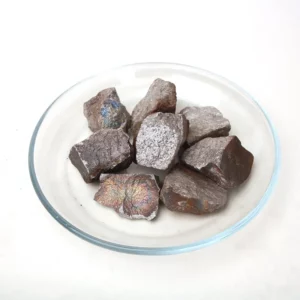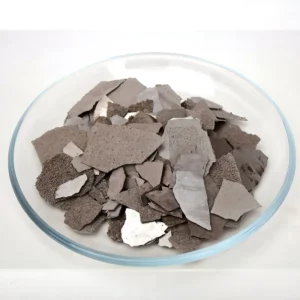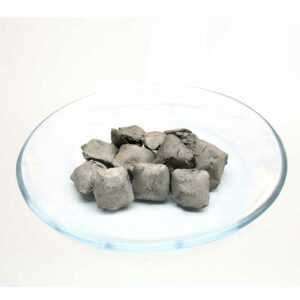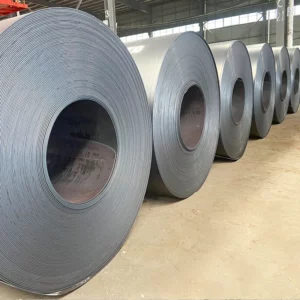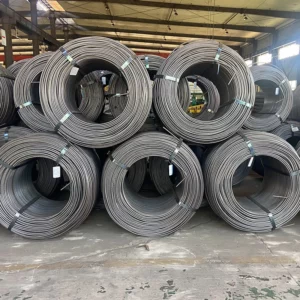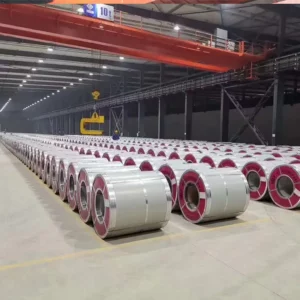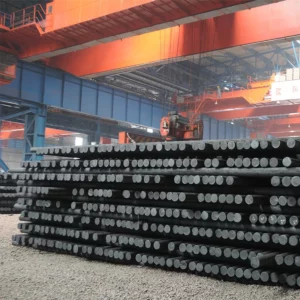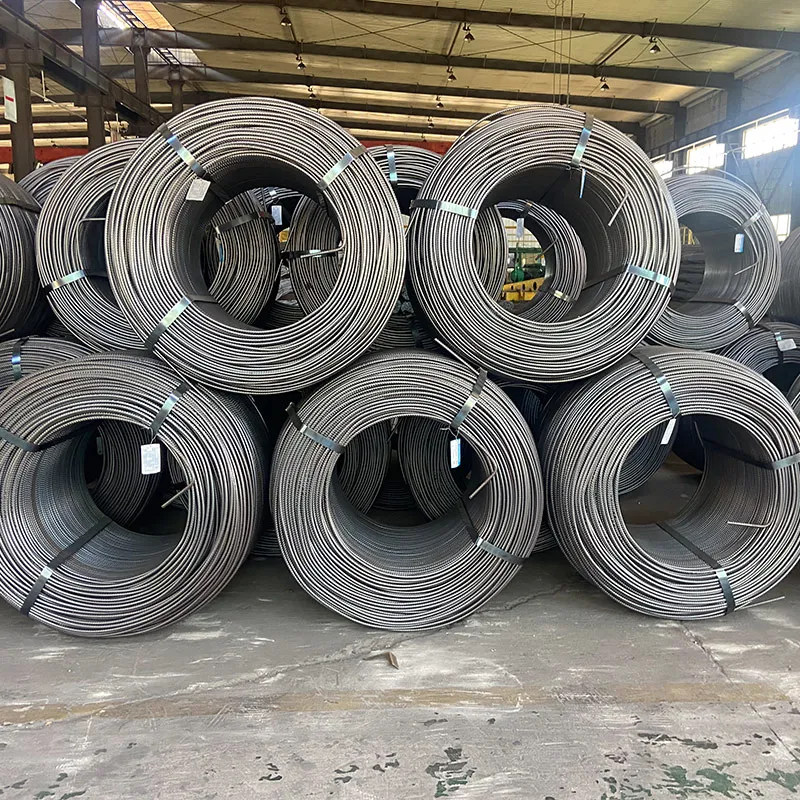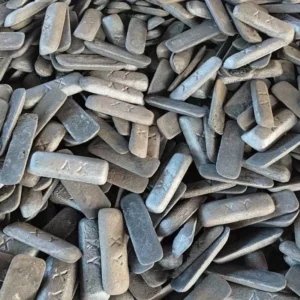Compared with hot-rolled rebar, cold-rolled rebar has higher load resistance and better performance stability. It is processed by continuous cold heading, forging, finishing and surface treatment, and has good dimensional accuracy and surface smoothness. The diameter of cold-rolled rebar is usually between 6mm and 14mm. The advantages of cold-rolled rebar are not only its high strength and corrosion resistance, but also its good plasticity and weldability. In addition to the construction field, cold-rolled rebar is also widely used in Bridges, tunnels, wharfs, highways and other important projects. Its high strength and weather resistance make the structure more robust and durable, and can withstand the test of various working conditions and natural environments. In the future construction, cold-rolled rebar will continue to play an important role and contribute to the development of the construction field.
CRB600H cold-rolled rebar reduces the use of steel and microalloy resources in actual production, saves resource protection, and reduces project costs. The most important point is that the use of CrB600H high-strength steel can greatly reduce the consumption of coal and water, reduce the discharge of wastewater and dust, which is very helpful to protect the environment, slow down the greenhouse effect, and reduce smoke pollution.
| Cold rolled rebar Parameters | ||||||
| No. | Product Name | Specification | Yield strength(MPa) | Tensile strength(MPa) | Weight (tonne) | Diameter (mm) |
| 1 | Cold Rolled rebar 600H | Coil | ≥540 | ≥600 | 2 or 3 | 6.7.8.10.12 |
| 2 | Straight rebar | ≥540 | ≥600 | 2 or 3 | 12.14 | |
| We can adjust the weight of individual pieces for according customer requirements | ||||||


